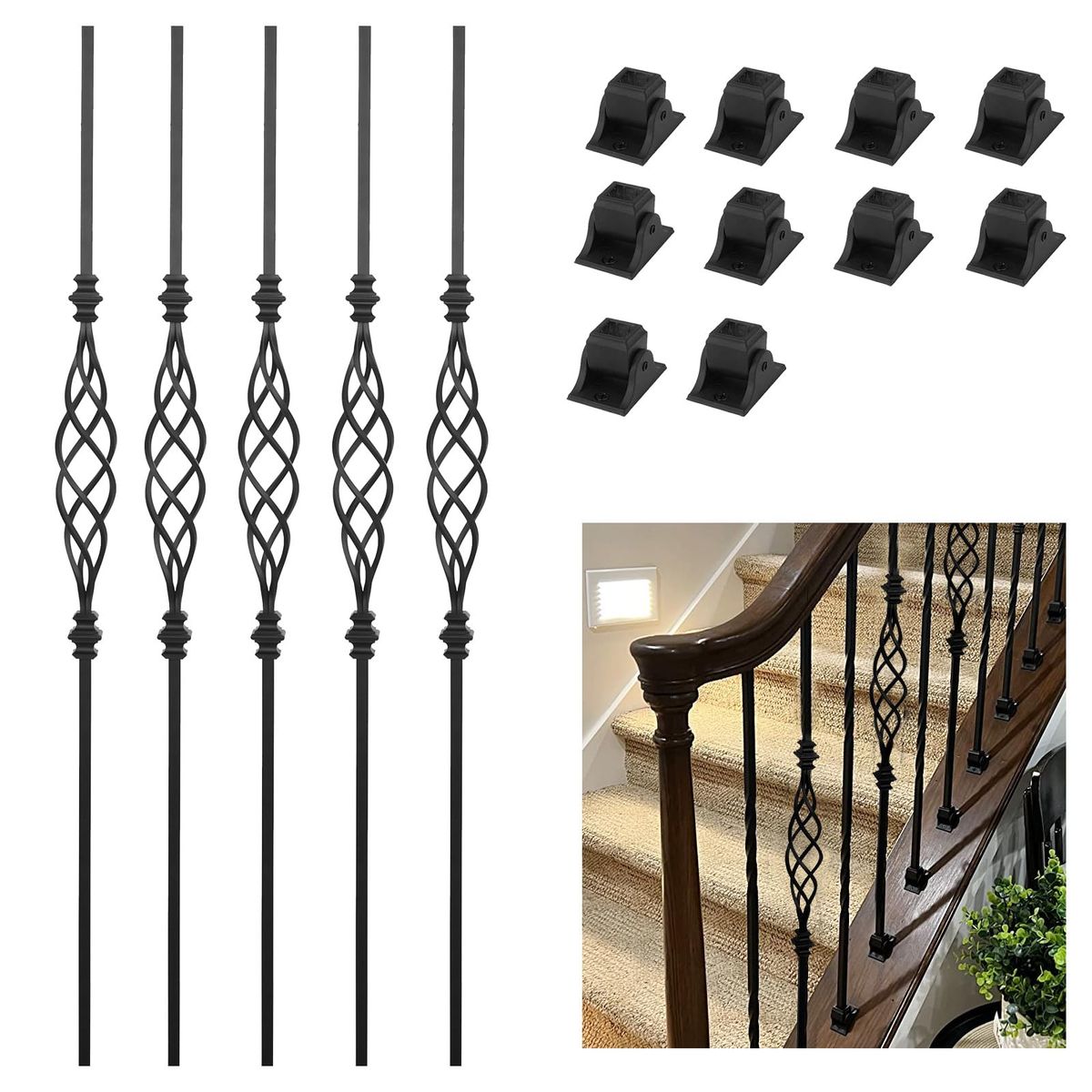## Handrails Sample Rule
 1. **Handrail Placement**: Handrails should be installed on both sides of any stairway or walkway where there is a significant change in elevation, such as steps or ramps. The handrails should be positioned at a height between 34 inches (86 cm) and 38 inches (97 cm) from the walking surface.
1. **Handrail Placement**: Handrails should be installed on both sides of any stairway or walkway where there is a significant change in elevation, such as steps or ramps. The handrails should be positioned at a height between 34 inches (86 cm) and 38 inches (97 cm) from the walking surface.
2. **Handrail Design**: The handrails should be continuous, without any interruptions along their length, to ensure a secure grip for users. The diameter of the handrail should be a minimum of 1.25 inches (3.2 cm) and a maximum of 2.0 inches (5.1 cm) to provide a comfortable grip.
3. **Materials and Construction**: Handrails should be sturdy and capable of supporting a reasonable amount of weight without bending or breaking. Commonly used materials for handrails include metal (such as stainless steel or aluminum) and wood. The handrails should be securely fastened to the supporting structure to prevent any wobbling or loosening over time.
4. **Clearance and Extension**: Handrails should extend horizontally beyond the top and bottom of the stairs or ramp by at least 12 inches (30 cm) to provide adequate hand support during ascent or descent. The handrail ends should be rounded or returned to the supporting structure to prevent clothing or other objects from catching.
 5. **Visibility and Contrasting Colors**: Handrails should be easily visible and provide good contrast against the surrounding environment. Consider using colors or finishes that stand out to aid people with visual impairments in identifying and locating the handrails.
5. **Visibility and Contrasting Colors**: Handrails should be easily visible and provide good contrast against the surrounding environment. Consider using colors or finishes that stand out to aid people with visual impairments in identifying and locating the handrails.
6. **Maintenance and Inspection**: Regular inspection and maintenance of handrails are essential to ensure their continued safety and functionality. Periodically check for any signs of damage, corrosion, loose connections, or deterioration. Promptly address any issues identified during inspections to maintain the integrity of the handrail system.











